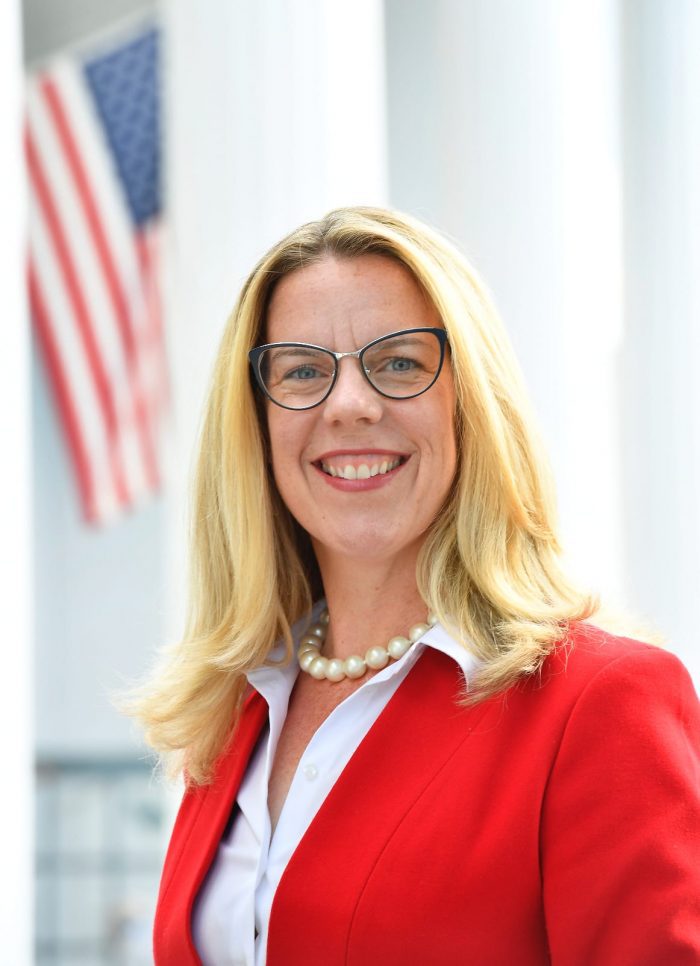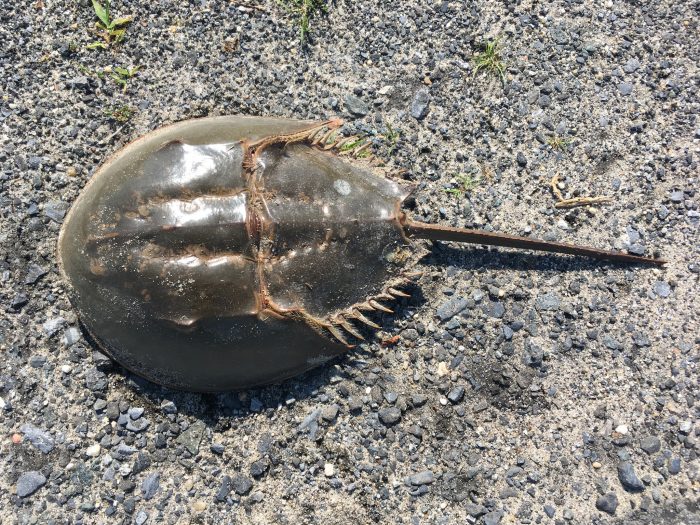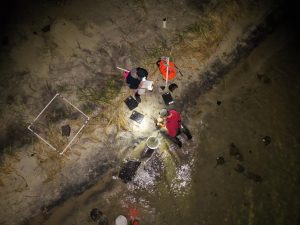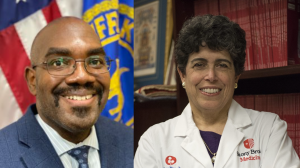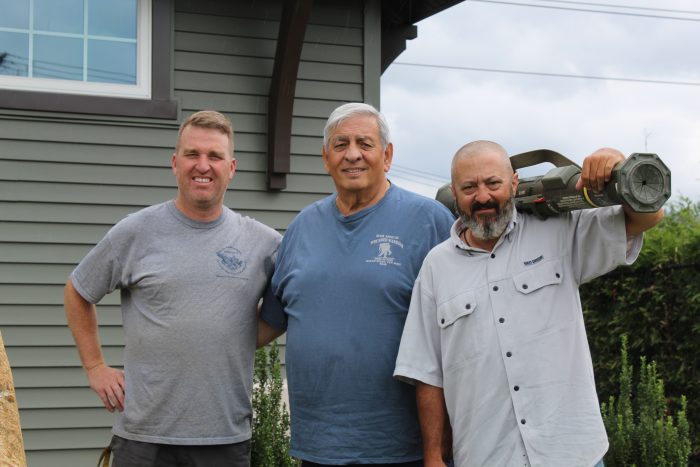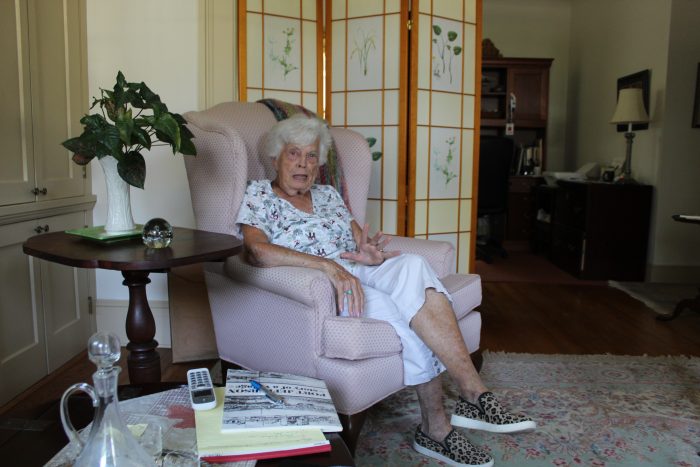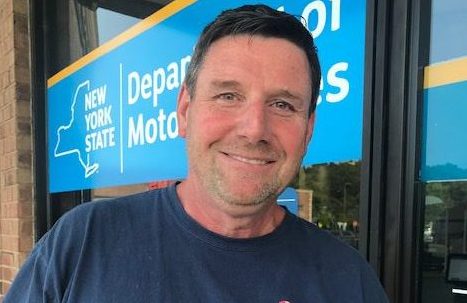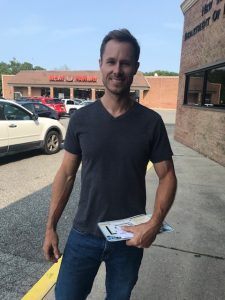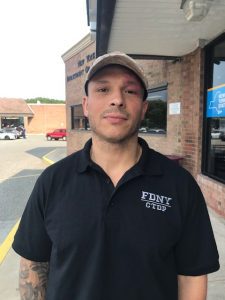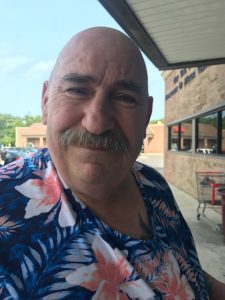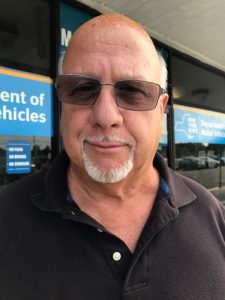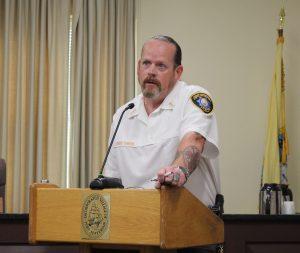
Remembering Hiroshima and Nagasaki
The North Country Peace Group observed the 78th anniversary of the bombings of Hiroshima and Nagasaki in Japan at our weekly vigil in Setauket on Saturday, Aug. 5.
This is a time for our community to gather in mourning, remembrance and in solidarity with all people affected by the destructive power of nuclear weapons at every level of their development, testing and use. It is also a time for us to amplify the call that nuclear weapons must never be used.
Myrna Gordon
North Country Peace Group
Fare hikes don’t help Port Jeff LIRR riders
Gov. Kathy Hochul [D] and MTA Chairman Janno Lieber’s boosting of the new MTA One Metro New York fare collection system does little for Port Jefferson Branch riders on the Long Island Rail Road.
In 2017, the MTA awarded a $573 million contract to Cubic Transportation Systems to replace the Metro Card. OMNY was originally promised to be completed between 2019 and 2023.
The cost of OMNY has grown to $645 million. The project is currently $130 million over budget. The MTA has never made public any detailed recovery schedule from the contractor. Long Island Rail Road and Metro-North Railroad will not reach substantial completion until late 2025.
In 2022, the MTA lost over $600 million to fare evasion. There is no indication in 2023 that this financial loss will be significantly reduced. Neither Hochul nor Lieber is able to explain how OMNY will end routine fare evasion as it continues to flourish today.
Another critical failure that Hochul, Lieber or their predecessors never acknowledge, is the inability to come to agreement for integration of OMNY with NJ Transit, Port Authority Trans Hudson subway and NYC Economic Development Corporation Private Ferry fare collection systems.
Larry Penner
Great Nec
Sherwood-Jayne Farm animals represent our local history
The recent upheaval at the Sherwood-Jayne Farm in East Setauket has primarily been focused on the current animals and myself, but it should really be about preserving our local history.
History isn’t something that just is, it is something that was and then becomes. The organization, Society for the Preservation of Long Island Antiquities, was founded in 1948 by many people, including Mr. Howard Sherwood. He did this to bequeath his property, the Jayne Farm, to it.
Sherwood’s vision was to preserve a bucolic farm setting and educate the community about its history. He started a flock of sheep in 1933 and had blankets woven from their wool.
Preservation Long Island, formerly known as SPLIA, has since kept a flock as a tribute to him. Current PLI executive director, Alexandra Wolfe, was quoted in the July 27 TBR article written by Mallie Jane Kim as saying, “The animals serve as a visual respite for people on the road, but they don’t really connect the property to what we do.”
Historically, livestock were an integral part of life. Horses and cattle were used for plowing, poultry for eggs and meat, everyone had a family cow and sheep were kept for their wool. Our ancestors didn’t hop on their phones to order a new shirt and have it show up in two days on their doorstep.
The sheep were shorn, the wool washed, carded, spun, woven into fabric and sewn into clothes. So how does getting rid of the resident sheep help to connect the property better to history? It doesn’t. What it does is take away from it.
A visual respite is what people love about this farm. The animals draw their attention. So let them be drawn in, and then educate them about what life was like. Let’s build the flock back to what it was and really teach about the “sheep-to-shawl” process.
People love farms because they show a different way of life. This farm was preserved for the community. Let’s teach the community about the place they live in and what makes it so special. Let’s allow the locals to learn the old ways of life. Let’s bring life back to the farm instead of taking it away.
What we do in the days, weeks, months and years ahead will impact our children’s children. Please help preserve our local history. The current animals and I will thank you and all the ones to come will as well.
Susanna B. Gatz
Caretaker, Sherwood-Jayne Farm
East Setauket


